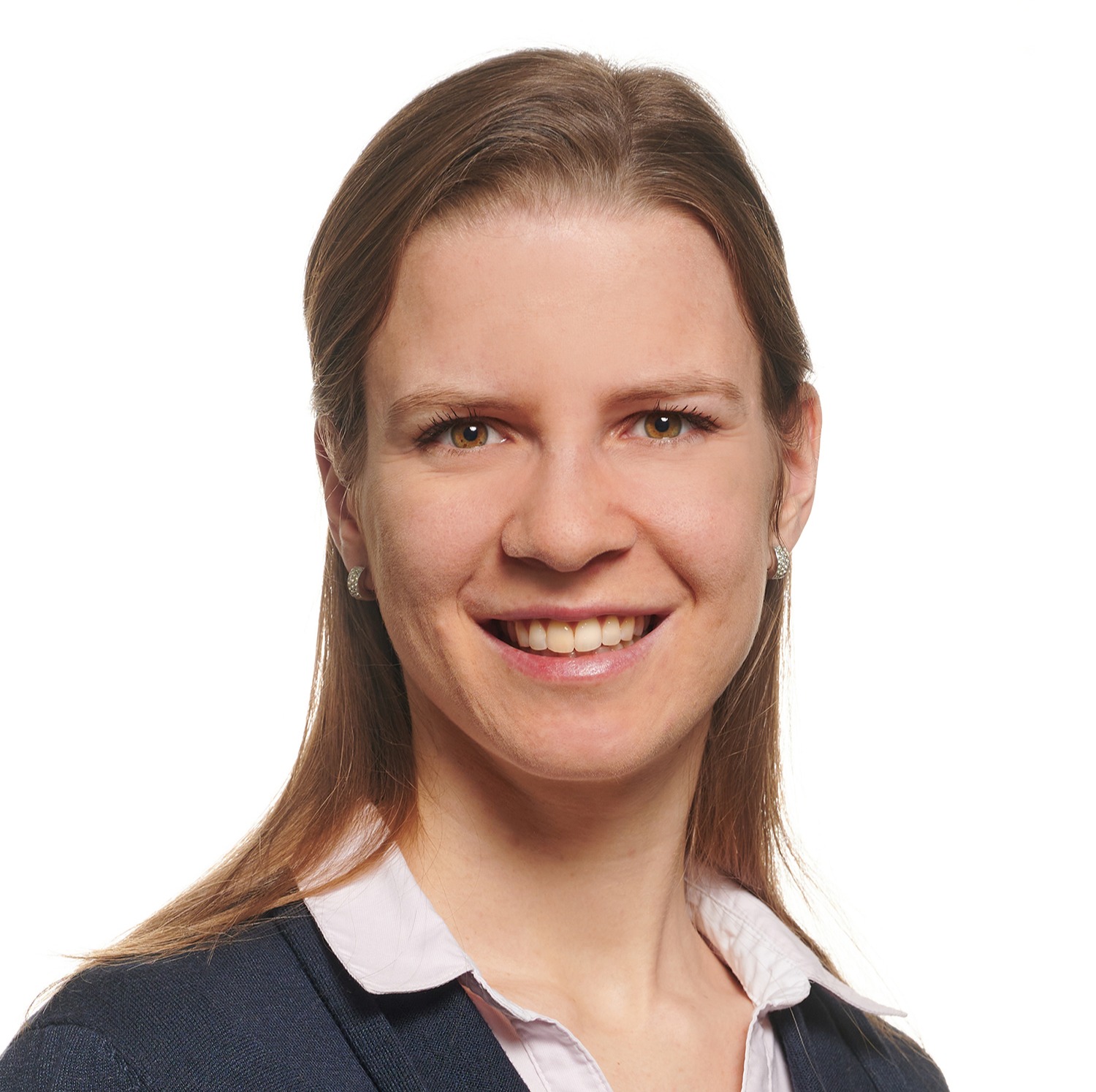Gojo & Company,Inc. (“Gojo”) is a for-profit Tokyo-based holding company of inclusive financial institutions and companies in Asia, including Cambodia, Sri Lanka, Myanmar, India, and Tajikistan. What makes Gojo unique is that as a holding company, rather than a fund, they are able to provide permanent capital to their partners, providing them with the capital and timeline they need to grow and scale. Since launching in 2014, Gojo has worked with over 1.3 million clients; of these clients, 87% live in rural areas, and 95% are women. Gojo’s 2030 goal is to extend financial services to 100 million unserved and underserved people in over 50 countries. Gojo seeks out financial service providers, who serve unbanked and underbanked households and businesses as their end clients, and provides capital to enable them to scale faster. In addition to providing capital, Gojo works with its partners to improve operations, strengthen governance, and support digital transformation.
Gojo’s group companies are typically beneficiaries of blended debt finance. For example, their Sri Lankan and Cambodian group companies received term loans from IIX’s Women’s Livelihood Bonds. An Indian group company also secured debt funding from the JAPAN ASEAN Women’s Empowerment Fund (JAWEF). Finally, another Indian group company received funds from the agroforestry blended finance programme led by IFC.
We spoke to Sayuri Aoyama, Investor Relations at Gojo, about the experience of a for-profit company in the blended finance space and how they measure their impact and blended finance for gender equality.
Can you describe Gojo’s role in the Japan ASEAN Women’s Empowerment Fund (JAWEF)?
Satya MicroCapital Limited., Gojo’s Indian group company and one of the fastest growing microfinance institutions (MFIs) in India’s microfinance history, received debt financing from JAWEF, which is a blended fund that provides loans to MFIs that serve female entrepreneurs in the ASEAN region and beyond. We were pleased to receive financing from JAWEF because the terms on the senior loan were quite competitive. Interest rates from blended debt vehicles are often expensive, which means that sometimes it does not make economic sense for local MFIs to participate, as they make every effort to reduce the cost of funds to reduce the interest rates for their borrowers. However, because of JAWEF’s large $240 million deal size, the cost of debt was lower, making the terms for the senior loan comparatively favourable. Thus, the funding from the JAWEF was a great deal for us.
From a beneficiary’s point of view, we are proponents of large transactions like JAWEF. This is because when transactions are small, the legal and structuring costs make up an outsized portion of the deal, making it difficult to offer lower interest rates to the beneficiaries of the financing.
How do you measure the impact of Gojo’s blended finance activities? What does that impact look like?
Gojo’s group companies that received financing from blended finance vehicles report quantitative and qualitative impact. For example, Gojo’s operating company in Sri Lanka, which received term loans from IIX women’s livelihood bond, the world's first gender-lens impact investing security listed on a stock exchange, provides regular quantitative reporting, including the number of clients, percentage of female clients, operating expense ratio, portfolio at risk 30 days, the proportion of Gross Loan Portfolio (GLP) for productive use, average loan size, SMART Client Protection Principles. In terms of qualitative reporting, we conduct interviews with sample customers by asking how micro-loans have affected their lives. This impact reporting showed that over 98% of the GLP counts the number of female clients, and over 93% of the GLP are used to support small businesses.
This is just one example of the impact reports our companies need to provide to funders. Oftentimes, the impact metrics that the funder requires Gojo’s group companies to track are different from, and in addition to, what they already collect regularly. This process can often be onerous and time-consuming. We hope to see standardization of the impact metrics in the future, so that Gojo can adopt these standardized reporting metrics, and reduce the added burden on our group companies.
As a for-profit entity, what challenges have you had to navigate in the blended finance space?
We once endeavoured to structure a blended debt vehicle to channel commercial, institutional capital to agriculture finance in India. The deal was ultimately unsuccessful, but we learned a lot:
- As Gojo is a commercial, for-profit entity, it was not realistic to ask for concessional equity commitments from governments or philanthropic sources.
- Structuring blended debt vehicles at the holding company level to downstream the proceeds to the operating companies was too complicated and not cost-effective. The challenges included foreign currency mismatching, foreign investment regulations that vary across countries, and double taxation. If Gojo were a dedicated debt fund, not a holding company, it might have been a different story.
- We initially received good feedback from prospective investors, but it was challenging to align everyone’s interests. At the same time, some investors preferred to be closer to cash flow, i.e., make direct investments in the operating companies instead.
Promoting women’s empowerment is at the core of Gojo’s work. Over the past couple of years, have you seen investors’ interest in gender equality increase? What role do you see for blended finance in supporting women’s empowerment?
Gojo has raised USD 160 million from international and Japanese investors until today since inception, and is currently conducting Series E equity fundraising despite the current adverse macro-environment, which shows investors’ growing interest in social impact, including gender equality.
We believe that blended finance is a powerful tool to channel institutional capital to inclusive finance and women’s empowerment. We hope the blended finance market will expand to make more debt funding available for local microfinance institutions so that more women can gain affordable and reliable access to financial services.


